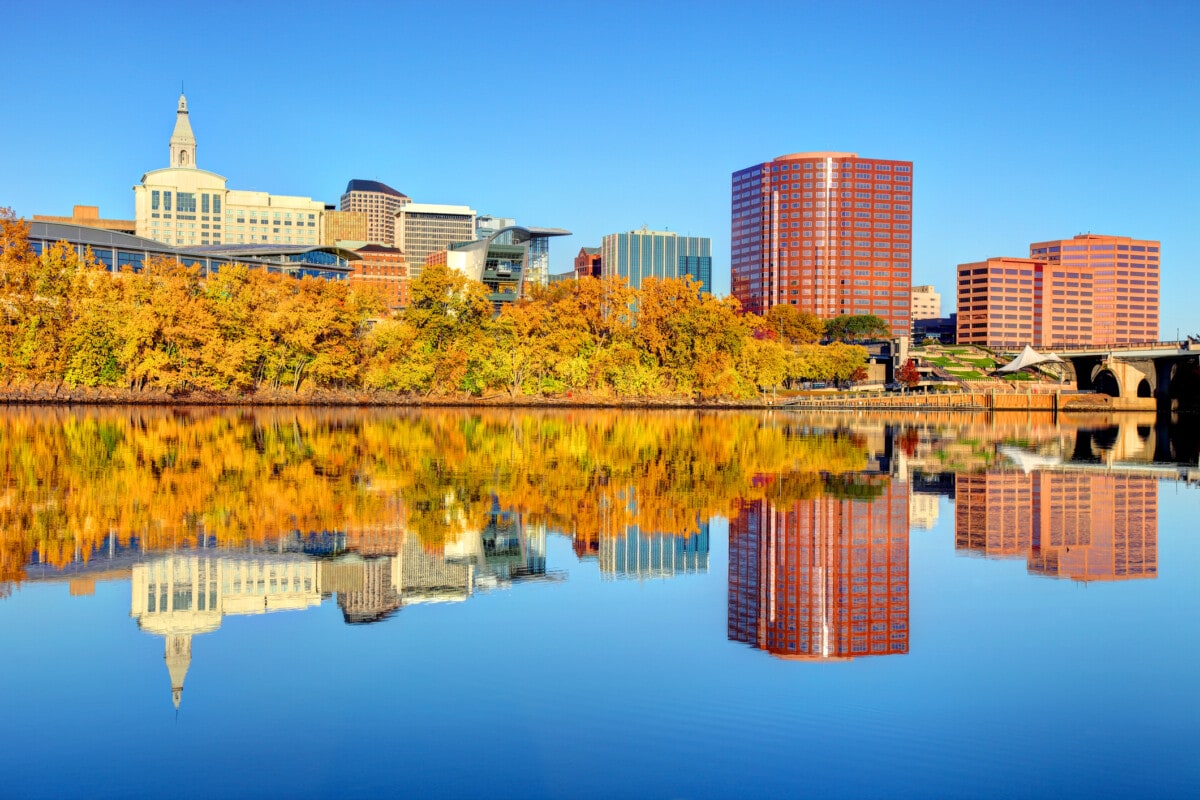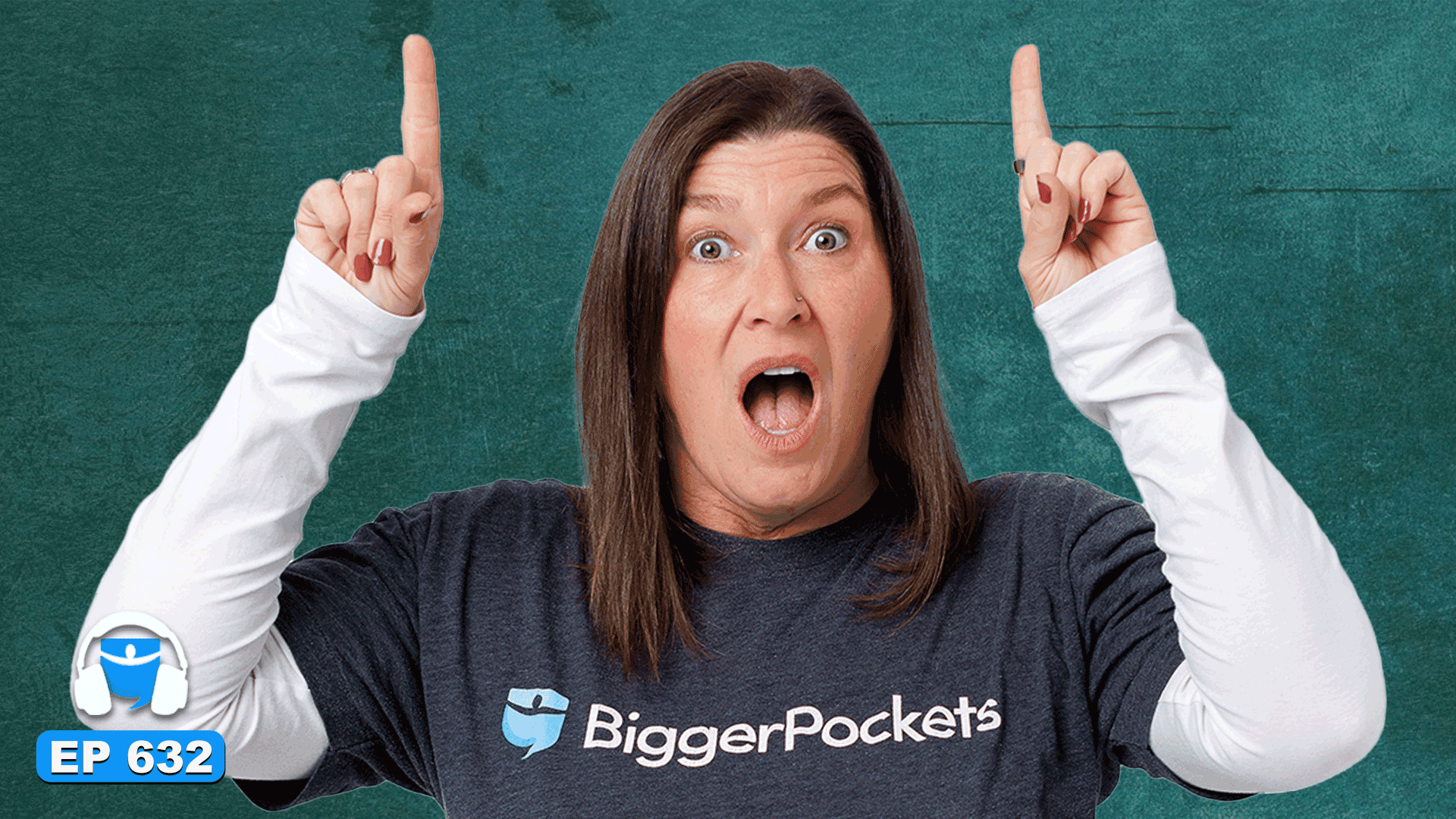Treasurer Jim Chalmers promised measures to tackle the cost of living in this year’s budget, delivering increased financial support for households through expanded tax cuts, extended power bill rebates and more free doctor’s visits.
While the Labor government flagged “meaningful and substantial” cost-of-living relief prior to delivering Tuesday’s budget, it was under pressure to avoid excessive handouts that could reignite inflation.
Major measures to ease the cost-of-living crisis include $17 billion in tax cuts, $1.8 billion in energy bill relief and an $8.5 billion injection to boost bulk-billing.
These measures were designed to reduce pressure on households that have felt the brunt of record high property and rental prices, elevated interest rates and the lingering effects of the inflation spike that pushed up prices of goods and services across the board.
The budget was seen as the government’s last chance to appeal to voters’ bottom dollar before the election campaign officially kicks off ahead of Aussies going to the polls in May.
In his budget speech on Tuesday night, Mr Chalmers said the economy was “turning the corner”, calling out the progress made on bringing down inflation but acknowledging the challenges households still faced.
“The worst is behind us and the economy is now heading in the right direction,” Mr Chalmers said.
Treasurer Jim Chalmers promised cost of living relief in this year’s budget, delivering increased financial support for households through tax cuts, extended power bill rebates and more free doctor’s visits. Picture: Getty
“We’ve made a lot of progress together but we know many people are still doing it tough.”
“Our plan to rebuild living standards starts with cost-of-living help and wages growth.”
REA Group senior economist Anne Flaherty said the government was cautious of the risk of adding further fuel to inflation by spending too much, but the cost-of-living relief measures in the budget would be welcomed by households.
Households will receive energy bill relief and more free doctor visits under budget measures designed to help lower the cost of living. Picture: Getty
“The cost of living has increased by 20% since March 2020, with wages rising only 15% over this time,” she said.
“Unfortunately, it's the items households have no choice but to spend on that have seen among the biggest price rises over this time.”
These are the key measures in this year’s budget that are designed to put more money in people’s pockets and help tackle the cost of living.
Expanded tax cuts worth more than $500 a year
Every taxpayer will get a tax cut that will eventually total $536 per year, but will need to wait until mid-2027 to see the full benefit.
The 16% tax rate, which applies to taxable income between $18,201 and $45,000, will be reduced to 15% from 1 July 2026, and reduced further to 14% from 1 July 2027.
This would save an average income $268 in the 2026-27 financial year, and an additional $268 in the 2027-28 financial year,
“Our $17 billion in tax cuts are the biggest part of the responsible cost-of-living package in this budget,” Mr Chalmers said.
“These additional tax cuts are modest but will make a difference.”
The tax cuts equate to about $5.15 a week in the first year – about the price of a cup of coffee – and $10.30 a week in the second year.
Extended energy bill relief for households and businesses
Households will see their energy bills reduced by $150 through to the end of 2025 as part of a $1.8 billion extension of the energy bill relief package in last year’s budget.
Households will receive $150 worth of energy bill rebates this year – an extension of last year's budget measure designed to bring down the cost of living. Picture: Getty
The $150 in relief will be applied automatically to electricity bills in two quarterly rebates of $75 each.
“Every household and around one million small businesses will receive energy rebates until the end of 2025,” Mr Chalmers said.
Bulk-billing boost to slash out-of-pocket doctor costs
The government has committed $8.5 billion to boost the number of bulk-billed doctor visits available to Australians by expanding eligibility for bulk-billing incentives.
Under the expanded scheme, an estimate 90% of visits to the GP will be bulk-billed by 2030.
From November 1 all Australians will be eligible for the incentive program that was previously only included concession card holders and people under 16.
“More bulk billing will mean less pressure on families,” Mr Chalmers said.
An $8.5 billion expansion of bulk-billing incentives is expected to make nine out of 10 GP visits free by 2030. Picture: Getty
The government will also pay practices who bulk bill all patients an additional 12.5% loading payment on their Medicare rebates.
“These incentives mean there will be around 4,800 fully bulk billing practices across, making it easier to see a doctor and get the care you need,” Mr Chalmers said.
The government will also spend almost $658 million to fund an additional 50 Medicare urgent care clinics across Australia to provide care for urgent, but not life-threatening conditions with no out-of-pocket expenses.
A recent report from the Australian Institute of Health and Welfare found about 9% of people delayed or avoided seeing a GP last financial year due to the cost, with the proportion of people avoiding the doctor increasing compared with previous years.
Cheaper medicines on the Pharmaceutical Benefits Scheme
The government has pledged almost $785 million to cut the cost of all medicine listed on the Pharmaceutical Benefits Scheme (PBS).
Starting 1 July 2026, the maximum co-payment will be lowered from $31.60 to $25.
The maximum co-payment for pensioners will remain frozen at $7.70.
Another $1.8 billion will be spent listing new medicines on the PBS, which include including new oral contraceptives and treatments for endometriosis, lymphoma, menopause and treatment-resistant major depression.
Mr Chalmers said the government was strengthening the scheme “because Australians need us to, not weakening it because American multinationals want us to.”
The PBS was recently criticised by US pharmaceutical lobbyists for its reliance on cheaper generic medicines rather than more expensive brand name drugs.
Student debt balances slashed by 20%
All outstanding Higher Education Loan Program (HELP) balances will be reduced by 20%, a move estimated to wipe $16 billion from the student loan accounts of three million Australians.
The 20% reduction in student debts is expected to decrease the average student loan by $5,400, which will help ease the financial burden faced by graduates in the workforce.
The government will also raise the amount that people can earn before they need to start paying back their loans to $67,000 (previously $54,345) in the 2025-26 financial year.
These measures are subject to the passage of legislation.
Increased childcare subsidies for families
The government will increase the availability of childcare by scrapping the childcare subsidy activity test and replacing it with a guarantee of three days of subsidised childcare.
The change is expected to result in 100,000 families being eligible for additional hours of subsidised early childhood education.
Mr Chalmers described cheaper childcare as “cost-of-living relief with an economic dividend”, and said the measures would help people work and earn more if they want to.
Freeze on beer excise for pubs and clubs
In a move that will please beer drinkers, the government will pause the indexation of the draught beer excise for two years from August 2025.
The draught beer excise is a tax paid on beer poured at pubs and clubs which increases twice each year in line with inflation.
The excise is one of the largest components of the price of beer and is expected to earn the government almost $2.8 billion in the next financial year.
A two-year freeze on the draught beer excise will take pressure off the price of beer poured in pubs and clubs. Picture: Getty
It’s been partially blamed for the woes facing Australia’s independent brewing industry, which has been hit by a wave of closures in the tougher economic climate.
While the freeze won’t make the cost of a beer cheaper, it will help keep a lid on rising prices. Biannual indexation of the excise will recommence in August 2027.



















 English (US) ·
English (US) ·